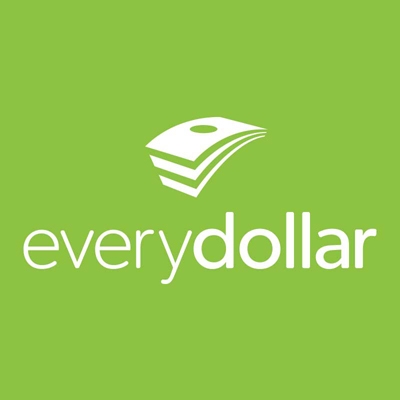January 2018

I had the (free!) app for many months before I actually took the time to set it up and implement its use in my daily life. I had previously procrastinated based on excuses of mid-month financial complications. However, at the beginning of a new month at the beginning of a new year seemed like the perfect time to take action. Now that I have, I am frustrated I didn’t use it sooner.
The app provides three primary sections: “Planned,” “Spent,” and “Remaining.” The entire program operates on a per-month basis. “Planned” is where you do the actual “budgeting.” You input your expected income for the month and how much you want to spend in each of the useful subcategories provided. For example, if I expected a $1,000 paycheck for the month, I could designate some of that money to go to housing, groceries, auto gas, auto repairs, giving, and savings. Once I have input my budgeted amounts for each of those categories, the “Spent” section is where most of the action happens. Here, one can easily add purchases in each category while adding notes, locations, and other pertinent information. The “Remaining” category is just that…how much of your “Planned” budget has not yet been “Spent” for each category and overall.
In my feeble attempt to explain this app, I hope I have not made it to seem complicated. On the contrary, the highlight of EveryDollar is in its simplicity and ease of access. It makes it so easy to add a gas purchase at the station, log my grocery cost in the parking lot, sum my bills, etc.
Tracking my spending has been freeing in that I can maintain my goals while also knowing what I can afford. After many years in the “point and shoot” spending strategy, I feel more confident in my spending as I designate and monitor my funds. Whether New Year’s Resolutions are your thing, or you would just like to establish healthy “adulting” habits, EveryDollar is where organization meets easy.
---
Heather Hannusch
Heather is a masters candidate in the College of Agriculture and Life Sciences.